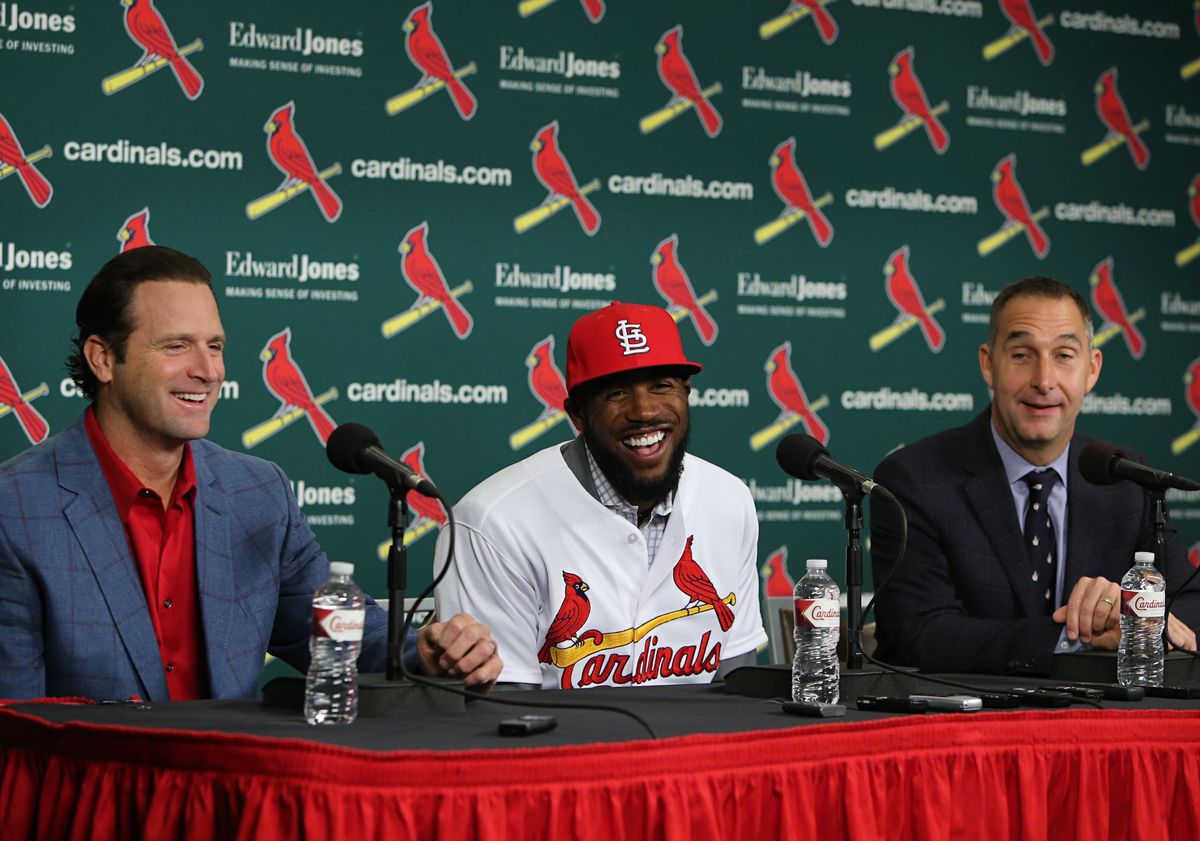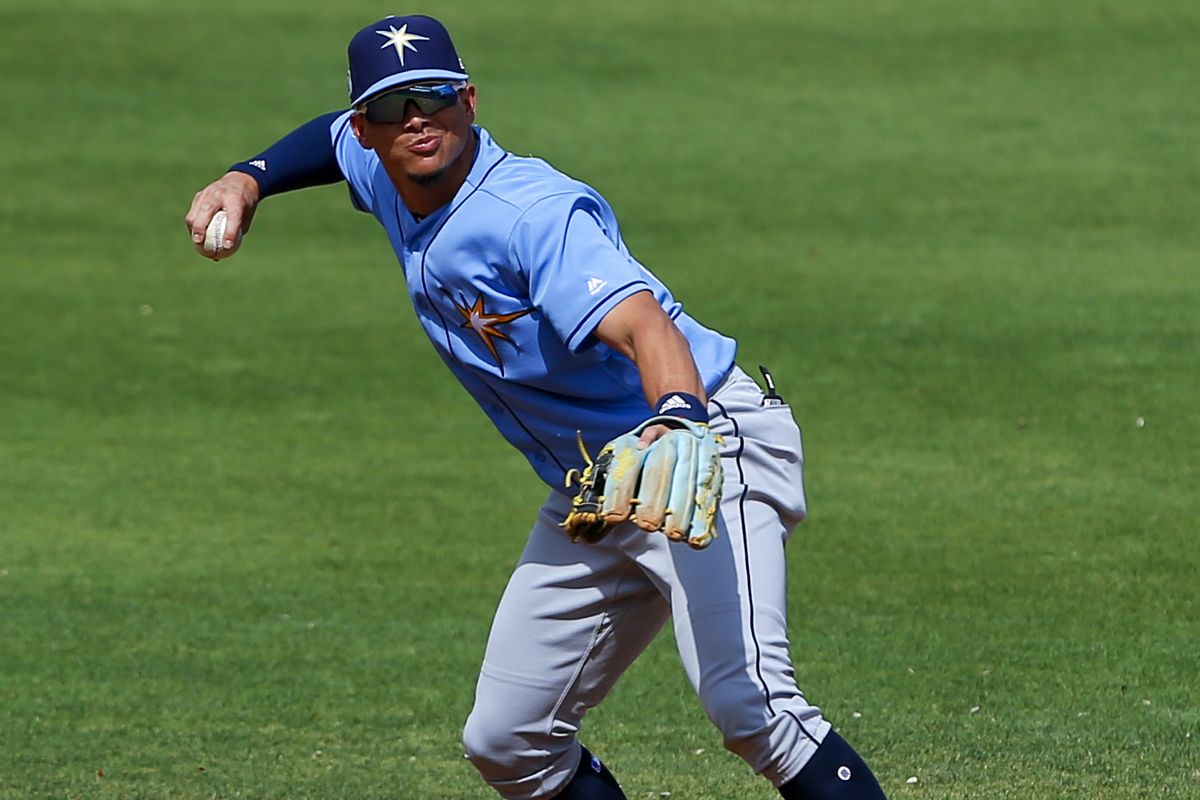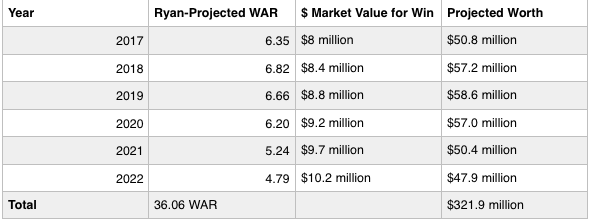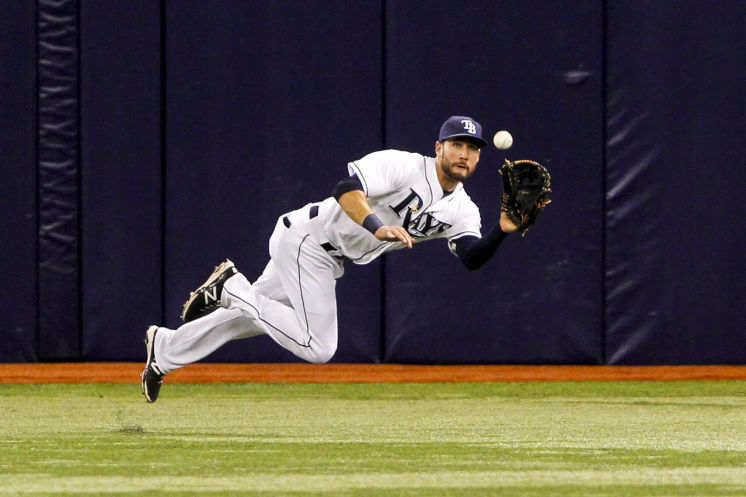2022 was a year of long-suffering triumph.
Lionel Messi finally won his World Cup. Matthew Stafford, Aaron Donald, and Andrew Whitworth became Super Bowl Champions. Dusty Baker added a World Series to his resume after nearly 4,000 games as a Major League manager. The Colorado Avalanche and Las Vegas Aces broke through for championships after each being agonizingly close for the better part of the last decade. Georgia football slayed the Alabama dragon and won their first college football national championship since 1982. On and on it goes.
As the calendar turns to 2023, I am looking back at the year which was and commemorating the sports moments I cherished and enjoyed the most. Here, in no particular order, are my 5 favorites.
5 Minutes in Manchester
What is it about Manchester City and final day drama?!
Hell hath no fury quite like international soccer heartbreak. Manchester City fandom has pushed me to some (comparatively) dark places. My days have been ruined by shock losses to Leeds United before 7 AM central time. I have an irrational dislike of Tottenham Hotspur and Fernando Llorente from a 2019 Champions League game – to this day, still the most gut wrenching sports result I have ever experienced. Being a Manchester City fan means anticipating disaster, yet believing anyway. Somehow, despite 4 consecutive league cups, 4 league titles in 5 years and an unparalleled run of domestic dominance, ‘Typical City’ remains the default mindset.
So when City, needing a win to clinch the league title, went behind by 2 goals to Aston Villa on the final day of the Premier League season, it felt all too believable and painful. This game was happening with the wounds of a heartbreaking Champions League loss in Madrid still fresh and stinging. I remember sitting in front of my tv feeling utterly despondent. My mind filled with the sinking realization that Manchester City were about to be the team who blew a double digit points advantage and lost the title on the final day to Liverpool. How could they crash out of the Champions League and choke the league like this.
And then? Ilkay Gundogan cemented his status as a club legend.
An Ilkay Gudogan header for the first goal seemed to make things even worse. Come on, man….it’s the hope that kills you. Don’t let me believe. The recent Madrid heartbreak still stung and despite feeling confident about a positive outcome before today’s game, Villa’s 2 goal lead with less than 15 minutes remaining had sapped whatever remaining optimism I had for the season.
Stunned silence. They tied it??? How on earth have they done that. They TIED IT?? In the span of 2 minutes, City had given themselves a chance. Could…could they really do this? On the 10th anniversary of 93:20, could they really be about to pull off another miracle?
Euphoria. Pure joy. I ran into the street outside. I jumped. I crumpled to the floor in tears. The 12 minute emotional rollercoaster this game had sent me on – from Philippe Coutinho’s goal to put Villa up 2-0 to Ilkay Gundogan’s tap in to miraculously put City up 3-2 – was unlike anything I had felt in years. There were still some 10-15 minutes left, but the outcome was never in doubt. The game ended 3-2 in favor of Manchester City, clinching a 4th league title in 5 seasons. Pep Guardiola was in tears at full time. The players collapsed on the pitch. Kevin De Bruyne, the footballing robot himself, jogged to the dressing room while letting out screams of relief and joy that fully represented the catharsis of one of the wildest football matches ever.
My favorite sports moments are the ones that make me cry. The ones that so fully remove me from my current reality and transport me to a place where all I can do is feel. These 5 minutes on a May Sunday in Manchester took me to that place and will forever be etched into my heart because of that.
City ’til I die.
……….
Jordan Kyrou’s Game Winner That Wasn’t
Sports do not exist in a vacuum. Our enjoyment of the moments which comprise this or any other list depend entirely upon the context in which we experience them.
On May 27th, 2022, just 5 days after Manchester City’s epic, agonizing victory had taken me on the emotional journey of the year already, my dad and I were in the Enterprise Center for game 6 of the St. Louis Blues and Colorado Avalanche’s 2nd round Stanley Cup Playoff series. I had bought tickets the night before, following an inspiring Blues comeback victory in game 5, and I was letting myself believe that my favorite hockey team actually could come back from a 3-1 series defecit against the world beating Avalanche.
The building was deafening that night. We barely sat down through nearly 2 and a half hours of breathless playoff hockey. To be there with my dad made the game and experience all the more special.
Midway through the second period. Brayden Schenn pounced on a Jack Johnson miscue and raced up the ice towards the Avalanche goal in a 2-on-1 rush with Jordan Kyrou in tow. Directly in front of where we were sitting, Schenn patiently bided his time before dishing a perfect pass for Kyrou to fire into the back of the net to give the Blues a 2-1 lead.
I will never forget the noise that erupted from Enterprise Center when Kyrou scored. The utter bedlam of 20,000 people all celebrating, believing, willing the Blues to victory. I hugged a stranger. I high-fived anyone within arm’s reach. I celebrated with my dad.
The Avalanche ended up winning the game, and the series, on a Darren Helm goal with less than 5 seconds remaining in regulation – the latest series winning goal in Stanley Cup Playoff history. The night ended in heartbreak and despondence, but for one brief, glorious moment there was belief. I will forever cherish that moment from a special night.
……….
Everybody Loves The Acclaimed
I represent the story of so many wrestling fans. As a young boy, I was captivated by the stories and drama I could watch week in and week out. I immersed myself in the characters and believed in all of it. I loved it because it felt real. Eventually, I learned the ‘dirty truth’ of wrestling being a pre-scripted show being played out by trained actors. I fell out of love with it and eventually stopped watching all together for years at a time. I would tune in sporadically and keep tabs from a distance, but it had gone from a fandom to a casual interest.
My fandom returned in August of 2021 when CM Punk, my favorite wrestler and a childhood idol, made his grand return to wrestling at AEW’s debut episode of ‘Rampage’ after 7 years away. I tuned in each week to be reunited with my hero, to be reminded of why I had fallen in love with this whole thing in the first place. CM Punk’s return captivated me and fully immersed me in AEW, a promotion that I had only been familiar with from a distance.
CM Punk’s return may have been what brought me back to wrestling, but The Acclaimed are the thing that keeps me.
The catchphrase shouting, freestyle rapping, uber charismatic homegrown stars of Tony Khan’s promotion captured my heart and felt like a breath of fresh air from the moment I first saw them. I had never seen anything quite like The Acclaimed and I loved them for it.
Featuring the openly gay Anthony Bowens, The Acclaimed are the kind of act that wrestling and its history of outright and ingrained homophobia has traditionally been hostile and unkind towards. But with their bright pink ring attire, signature war cry, freestyle raps, wrestling style, and unabashed personality, The Acclaimed have not only not shied away from their status as an LGBTQ+ surrogate, but they seem to intentionally lean into it – to rapturous adoration and wild popularity. The Acclaimed are incredibly fun and great in their own right, but they also represent everything that wrestling can and should be.
Their homegrown, authentic popularity was justly rewarded in September of this year with an AEW Tag Title match against the similarly excellent team of Swerve in Our Glory. Everyone watching only wanted one outcome and each move was greeted with a white hot crowd desperate for a coronation of AEW’s hottest tag team. A wonderful match ended the only right way, with The Acclaimed standing tall and earning their first title reign.
Wrestling, at its best, is perfect. This was wrestling at its best.
……….
The Albert Pujols 700 Chase Becomes Real
I have been searching all year for the words to describe what Albert Pujols’ Cardinals farewell tour meant to me as a baseball fan. My childhood hero, my favorite baseball player, the one who made me fall in love with baseball in the first place, returning back to St. Louis after 10 years away, for one final season. When the news first broke, I had the same answer for anyone who asked me how I felt about it: “I don’t care if he strikes out every at bat, I get to cheer for my childhood hero one last time.”
Sure, he may have been only 21 home runs shy of 700, but this was not the player we had last seen wearing Cardinal red 10 years ago. This was a 42 year old slugger, hampered by injuries, some 6 years removed from his last league average offensive season. The possibility of Pujols reaching 700 just did not feel reasonable.
But then things changed. Pujols had a wonderful home run derby that could have been a moment of its own on this list, which seemed to serve as the catalyst for a second half renaissance. Quite plainly, he just…started going off. He hit a ball to the moon against Toronto, he had a 4 hit game in Colorado, he unleashed the swaggiest pimp job of his career after sinking the Brewers with 2 home runs on an August Sunday, he tagged a pinch hit grand slam against the Rockies. Suddenly, Albert Pujols was a mere 10 home runs shy of 700 with some 40 games left to play.
Could it really happen? Surely not. Surely Pujols was merely in the middle of a brief surge and he would regress quickly back to his pre-All Star break struggles. Surely he was still too far away. But…it was only 10 home runs!
On August 20th, against the Arizona Diamondbacks at Chase Field, the chase became real.
Pujols launched a 2nd inning home run off Madison Bumgarner. In the 4th inning, he launched another. In the 6th inning, he scorched a double off the top of the wall. In the 7th inning, he hit an identical double off the top of the left field wall. In total, Pujols finished the night 4-4 with 2 home runs, 2 doubles, and 4 batted balls with an exit velocity over 100 MPH. Now at 692 home runs, this was no longer just a player in the midst of a hot stretch, this was the Albert Pujols we had known 15 years ago. 700 was real.
The Cardinals ended up winning the game 16-7. Paul Goldschmidt had 4 RBI’s en route to his eventual NL MVP. Lars Nootbaar hit an inside the park home run. Nolan Gorman hit an RBI single playing in his hometown for the first time. Nolan Arenado made an outrageous barehanded play. The Cardinals were in a stretch where they would win 15 of 16 games and take a division lead they would not relinquish. The Pujols 700 chase, combined with the announced retirement and subsequent farewell tour of Yadier Molina, along with the MVP level play of Nolan Arenado and Paul Goldschmidt came together to create the most fun season of Cardinals baseball I have ever experienced – and this night in Arizona was the most fun game in this blast of a season.
The Albert Pujols 700 chase was my favorite sports story of 2022. August 20th in Arizona was the night that story became real.
……….
Vegas, Seattle and the Wildest WNBA Playoff Game
2022 just had to be the Aces year. Entering the franchise’s 5th season in Las Vegas after relocating from San Antonio, the Aces were poised to finally break through their recent playoff agony and win that first WNBA championship that had proven so elusive thus far. The team had a superstar new head coach in Becky Hammond, whom they had lured away from the NBA’s San Antonio Spurs with the most lucrative coaching salary in W history. They had recently inked extensions with Chelsea Grey, Dearica Hamby, Kelsey Plum, and former league MVP A’ja Wilson. They rolled into the playoffs as the league’s #1 overall seed on the back of a 26-10 regular season before blasting their way through a depleted Phoenix team in the first round. This was a juggernaut of a team with every piece falling into place.
Waiting for Vegas in the second round of the playoffs was the Seattle Storm. Armed with former league MVP Breanna Stewart and the legendary Sue Bird in her final WNBA season, the stage was set for an epic series. The dominant team of destiny Aces against the beleaguered but defiant Storm, hoping to send Bird (and Tina Charles) out on top while grasping onto the last bits of a fading dynasty.
With a raucous Seattle crowd as the backdrop and a 1-1 series deadlock, the two teams engaged in the a game 3 for the ages and the most entertaining basketball game of 2022.
The end of regulation was unlike anything I have ever seen. Just watch it for yourself.
In a season where she would win her second league MVP along with her first DPOY, game 3 was A’ja Wilson at her best – playing all 45 minutes while scoring a game high 34 points to go along with 12 rebounds, 3 steals, and 3 blocks. Sue Bird’s game winner that wasn’t nearly added an all time highlight to the reel of the greatest player in league history so far. 3 lead changes in the final 6 seconds. Clutch bucket after clutch bucket. Chelsea Grey taking over in overtime. This game had everything and left me utterly breathless and exhausted.
In a year of great basketball, this was the best game of 2022 and the crown jewel in the WNBA’s 25th season.
Thanks for reading.
-Ryan











